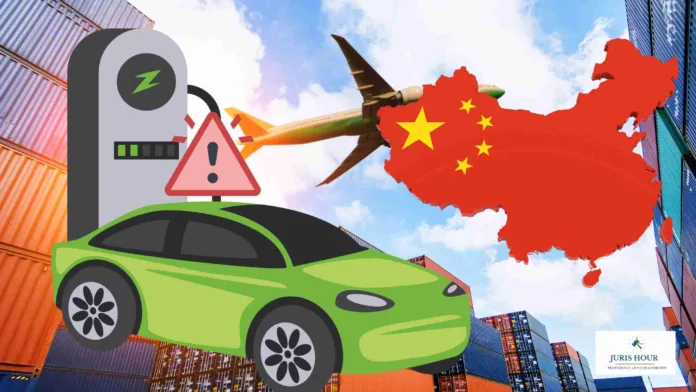The Indian automobile industry is bracing for potential production disruptions as China tightens its grip on the global supply of rare earth elements (REE), crucial for manufacturing key automotive components.
Companies like Bajaj Auto and TVS Motor have raised concerns over looming shortages, while others such as Maruti Suzuki India appear unperturbed—for now.
The development follows China’s recent decision to curb exports of rare earths, a move seen by many analysts as retaliation against the United States’ tariff hikes under former President Donald Trump. While not an outright ban, the restriction stems from China’s efforts to overhaul its export system by introducing a new licensing mechanism based on end-use declarations. However, with no clear timeline for implementation, industries worldwide are facing significant uncertainty.
China accounts for nearly 90% of the global production of high-performance rare earth magnets—materials that are indispensable in the manufacturing of electric vehicles (EVs), wind turbines, and defence equipment. Though Japan and Vietnam contribute a small share to global supply, their output is largely reserved for Japanese manufacturers.
The consequences are already being felt across the global auto sector. Reports, including one from Reuters, have highlighted concerns among German carmakers about mounting inventories of incomplete vehicles, owing to the unavailability of rare earth magnets.
In India, while traditional internal combustion engine (ICE) manufacturers are cautiously monitoring the situation, electric vehicle makers are sounding the alarm. EV production, which relies heavily on rare earth-based components such as permanent magnet motors, faces the highest exposure to these curbs.
Industry insiders say that if the restrictions persist, Indian OEMs could face halted assembly lines and delayed deliveries in the coming months. Component suppliers are particularly vulnerable, as the disruptions ripple through the broader supply chain.
The full impact will depend on how swiftly China finalises its new licensing framework and whether alternate supply sources can step up. In the meantime, the REE export squeeze has reignited global conversations about diversifying critical mineral supply chains and reducing dependence on a single country.
As the situation evolves, all eyes are on policymakers and industry leaders to find a sustainable path forward in securing rare earth supplies for one of the world’s fastest-growing automotive markets.
Read More: Infosys Gets Relief in Rs 30,000 Crore GST Matter as DGGI Closes Case




